3D LIDAR - 3D LiDAR Exploration
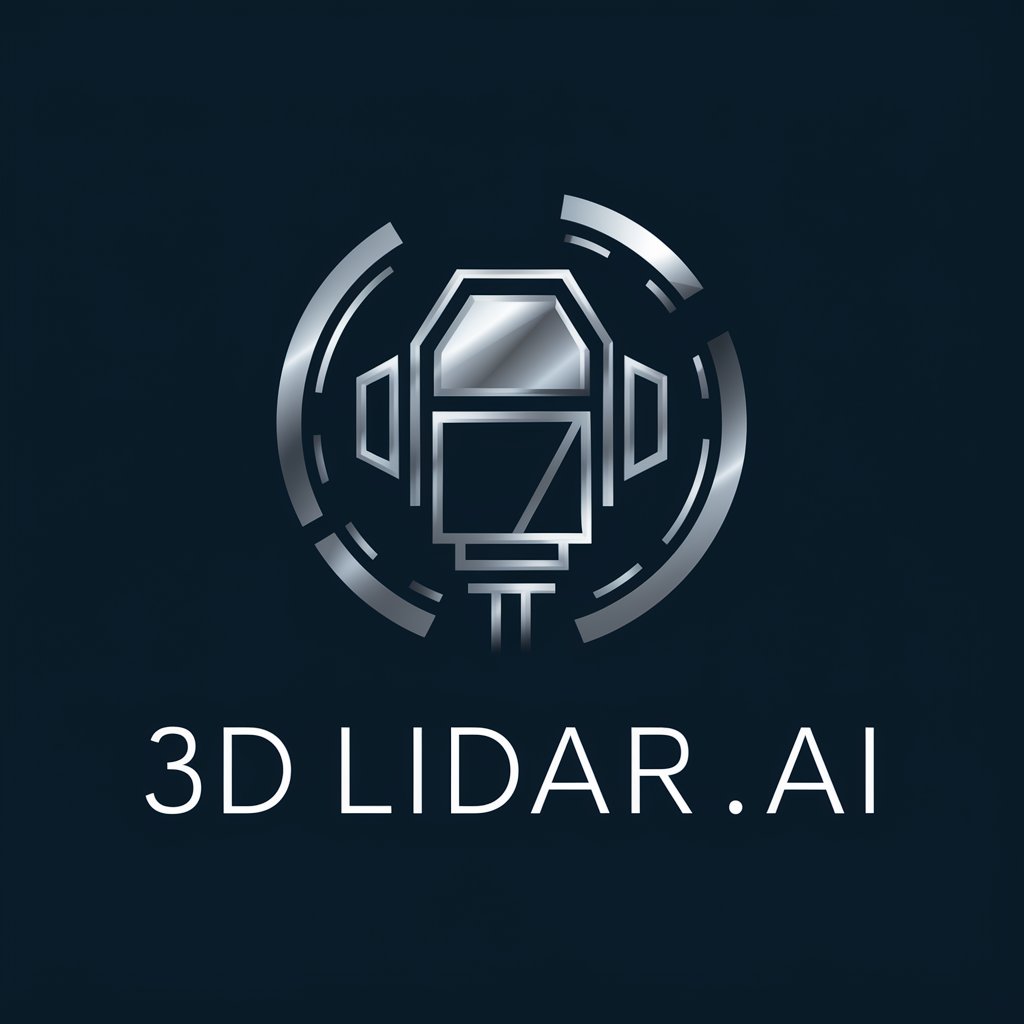
Welcome to 3D LIDAR .AI, your premier resource for LiDAR technology.
Unlocking 3D Insights with AI
How does 3D LiDAR technology improve urban planning projects?
What are the latest advancements in LiDAR technology?
Can you explain the principles of LiDAR operation?
How is LiDAR data interpreted and applied in various industries?
Get Embed Code
Introduction to 3D LIDAR
3D LiDAR (Light Detection and Ranging) is a cutting-edge technology that measures distance by illuminating a target with a laser and analyzing the reflected light. This technology generates precise, three-dimensional information about the shape of the Earth and its surface characteristics. 3D LiDAR systems are designed to capture high-resolution 3D images of environments, making them invaluable for a wide range of applications. These systems are comprised of several key components: a laser to emit light pulses, a scanner, and a specialized GPS receiver. Complex algorithms then process the time it takes for each laser pulse to return to the sensor, creating detailed three-dimensional representations of the target area. Examples of 3D LiDAR applications include mapping forest canopy for biomass estimation, creating detailed city models for urban planning, and autonomous vehicle navigation, where the technology provides critical data for obstacle detection and path planning. Powered by ChatGPT-4o。

Main Functions of 3D LIDAR
Topographical Mapping
Example
Mapping forest canopies to assess biomass
Scenario
Environmental scientists use 3D LiDAR to create detailed maps of forest canopies. This aids in estimating biomass, understanding forest health, and managing resources effectively.
Urban Planning
Example
Developing detailed city models
Scenario
Urban planners leverage 3D LiDAR data to visualize cityscapes in three dimensions, allowing for more informed decision-making regarding building placements, infrastructure development, and traffic flow optimization.
Autonomous Vehicles
Example
Navigating and obstacle detection
Scenario
In the field of autonomous driving, 3D LiDAR sensors provide critical, real-time data about the vehicle's surroundings, enabling safe navigation by detecting obstacles, other vehicles, and pedestrians.
Archaeology
Example
Discovering and mapping ancient ruins
Scenario
Archaeologists use 3D LiDAR to penetrate dense vegetation and uncover hidden structures, offering a non-invasive method to explore and document ancient ruins without disturbing the site.
Ideal Users of 3D LIDAR Services
Environmental Scientists
These professionals benefit from 3D LiDAR's ability to provide detailed environmental assessments, crucial for conservation, resource management, and studying ecological impacts.
Urban Planners and Architects
3D LiDAR technology offers comprehensive data for urban development, space utilization, and infrastructure planning, facilitating the creation of more efficient and sustainable urban environments.
Automotive Engineers
Engineers working on autonomous vehicle technologies rely on 3D LiDAR for its precision in environmental sensing, which is essential for the development of safe and reliable autonomous systems.
Archaeologists
By providing a means to survey and map archaeological sites from above, 3D LiDAR enables archaeologists to discover and analyze ancient structures and landscapes without physical excavation.
Hobbyists and Educators
Hobbyists interested in drone technology and educators teaching about geospatial technologies find 3D LiDAR accessible for projects, demonstrations, and enriching educational content.

How to Use 3D LIDAR
Start with a Free Trial
Begin your journey into 3D LiDAR technology by accessing yeschat.ai, where you can explore its capabilities through a free trial without the need for login or a ChatGPT Plus subscription.
Understand the Basics
Familiarize yourself with the foundational principles of LiDAR technology, including how it measures distances using laser light and its applications in creating three-dimensional representations of environments.
Choose Your Application
Identify your specific use case, such as urban planning, environmental monitoring, autonomous vehicles, or archaeology, to tailor the LiDAR system's setup and data analysis techniques accordingly.
Gather and Process Data
Collect data using a LiDAR sensor mounted on an appropriate platform (e.g., drone, vehicle, tripod) and utilize software tools for processing and interpreting the data to extract useful information.
Analyze and Apply
Leverage specialized software to analyze the processed data, enabling the creation of digital elevation models, volumetric measurements, or 3D reconstructions for your specific project needs.
Try other advanced and practical GPTs
GPT Redirector
Directing Users to AI Insights
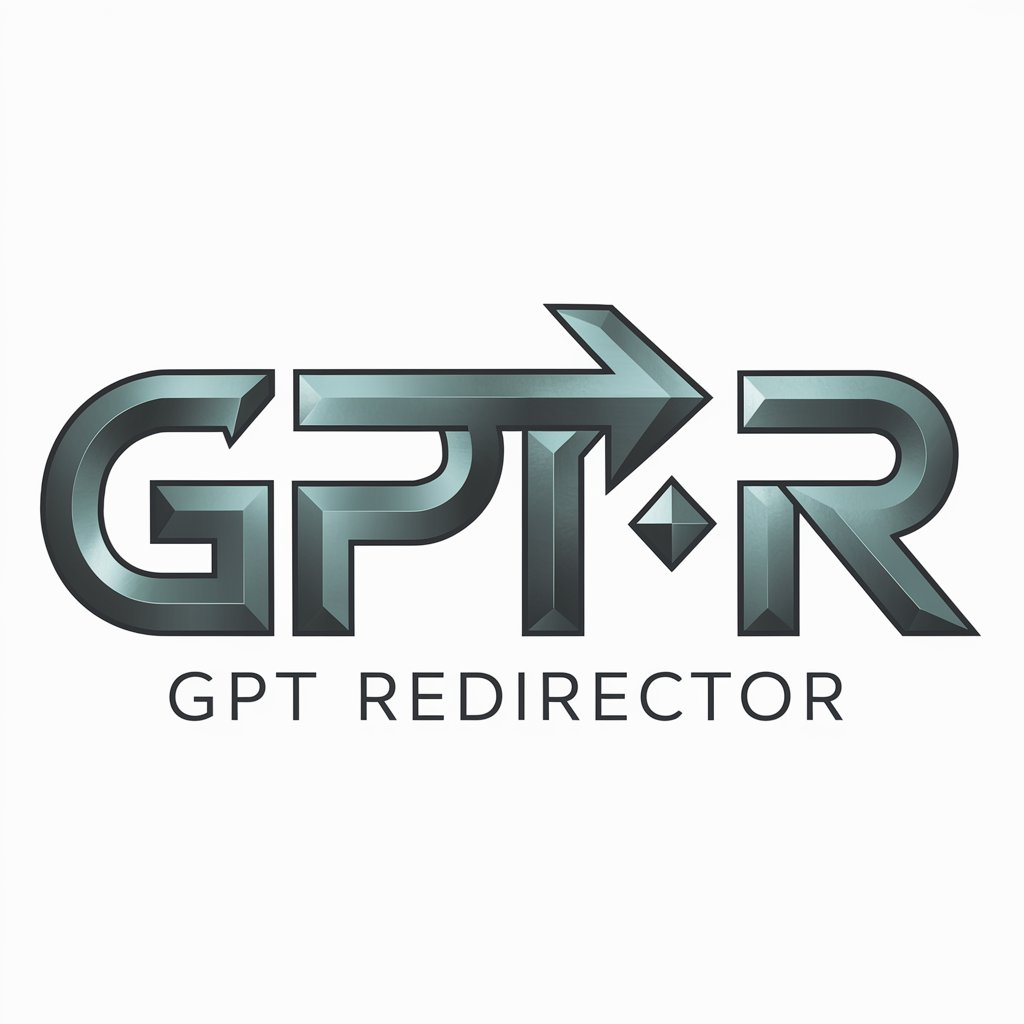
GPT Scholar
Empowering your academic journey with AI

India Tax Navigator
Navigating India's Tax Landscape with AI
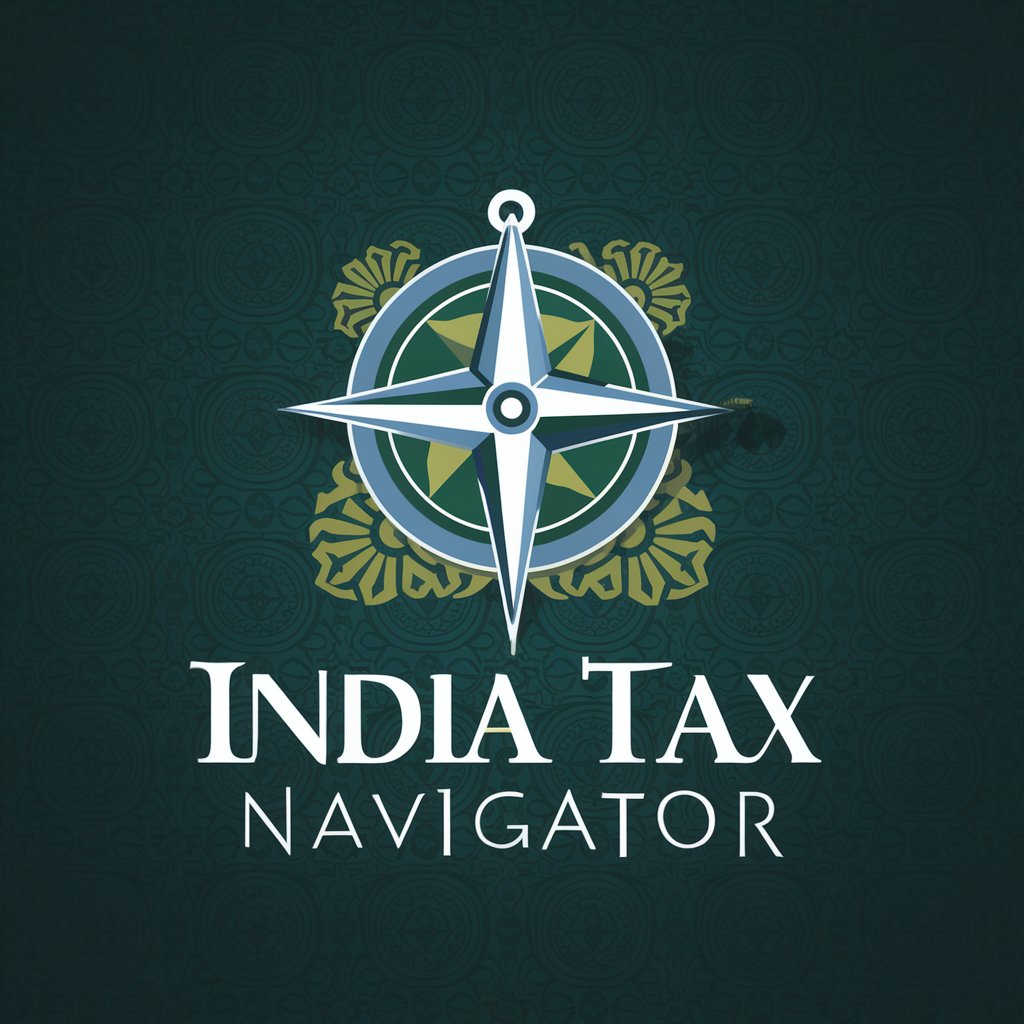
Advanced Ruby Assistant
Elevate Your Ruby Skills with AI

Catchy Slogan Creator
Craft Memorable Slogans with AI

Prompt Perfection
Enhancing AI Interactions with Precision
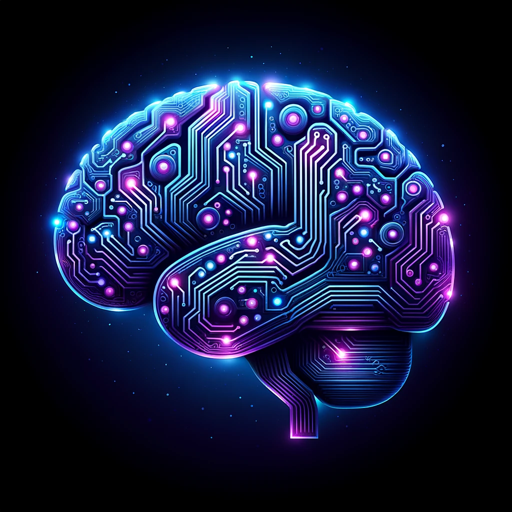
التصوف الاسلامي
Explore Sufism with AI-powered guidance

videos Keyword optimization
Empowering Your Videos with AI-Driven Keywords

EnggBott (Piping oil and gas)
AI-Powered Piping Design Solutions
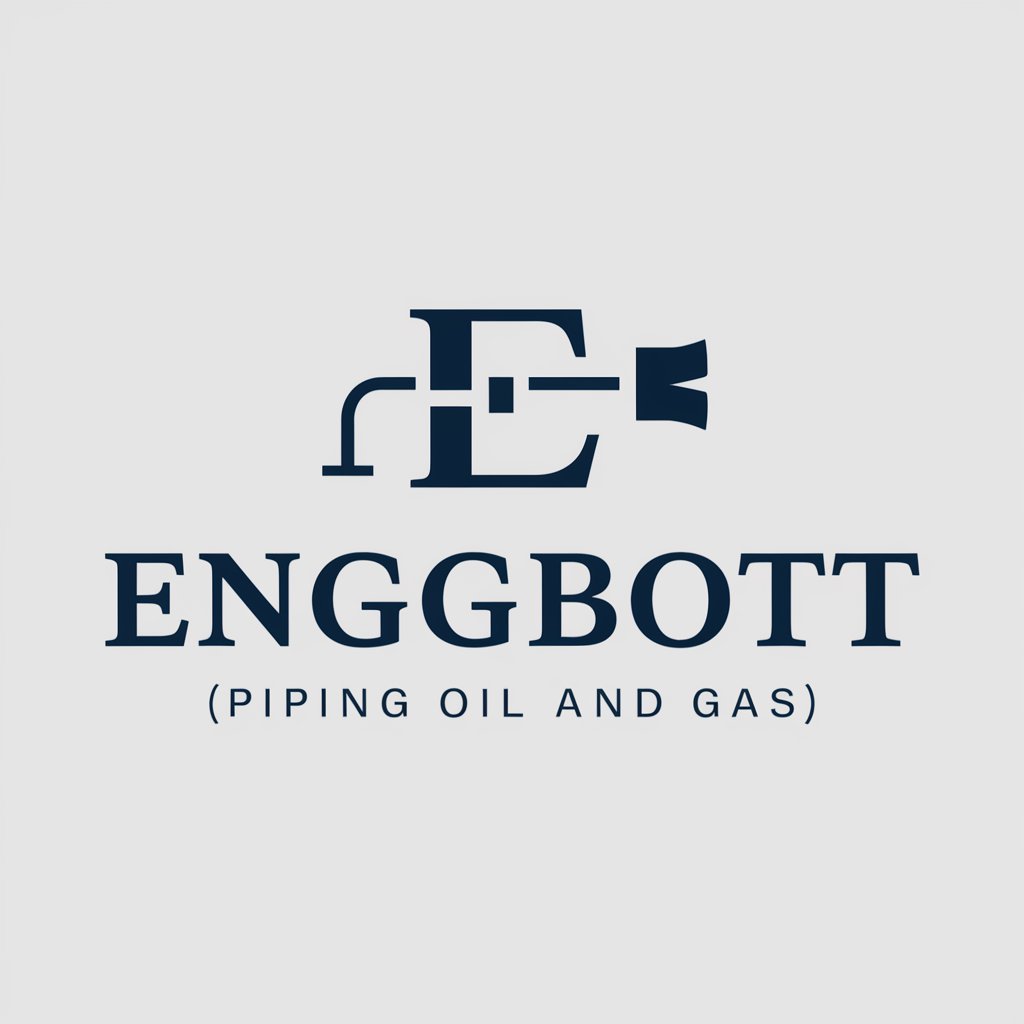
SovereignFool: CottonConnoisseur
Weave Success in T-shirt Business with AI

Discrete Math Wizard
Master Discrete Math with AI
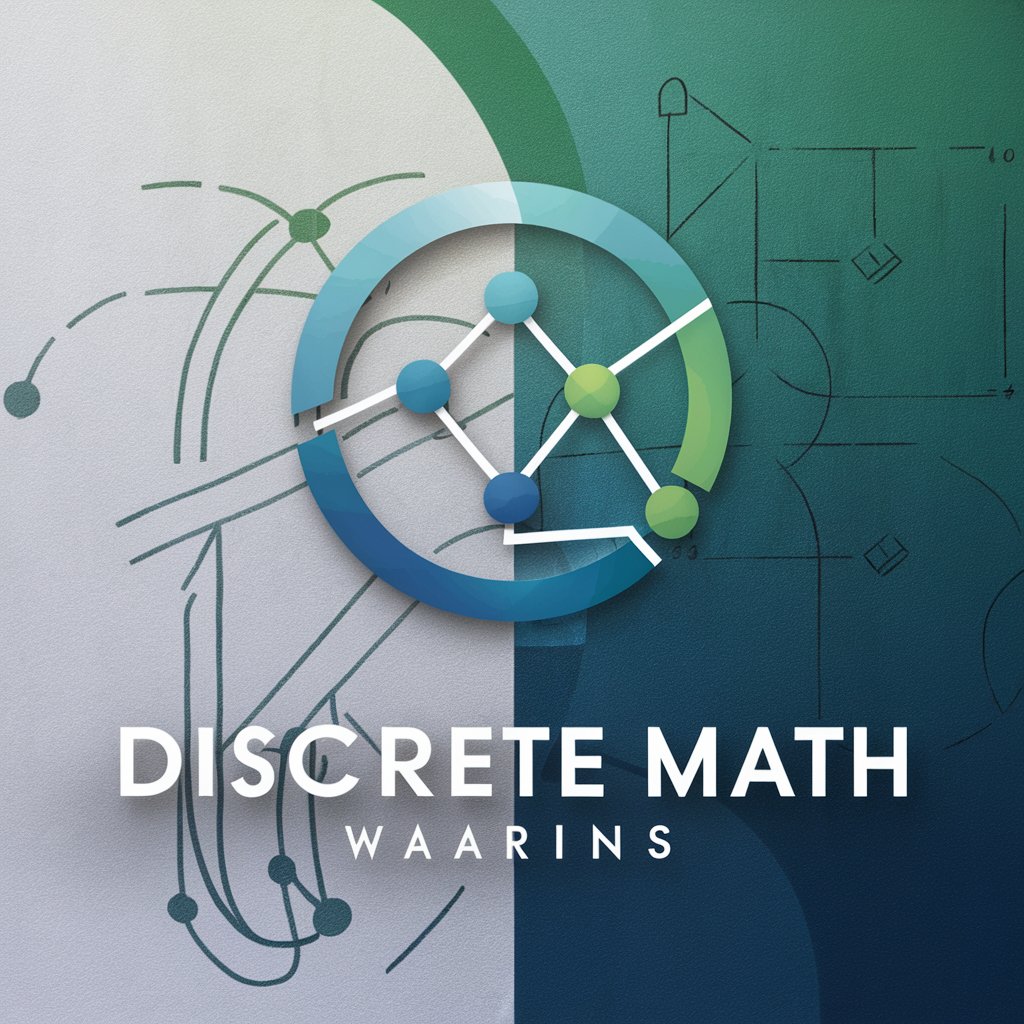
俄语材料科学专家
Unlocking Material Science Insights with AI
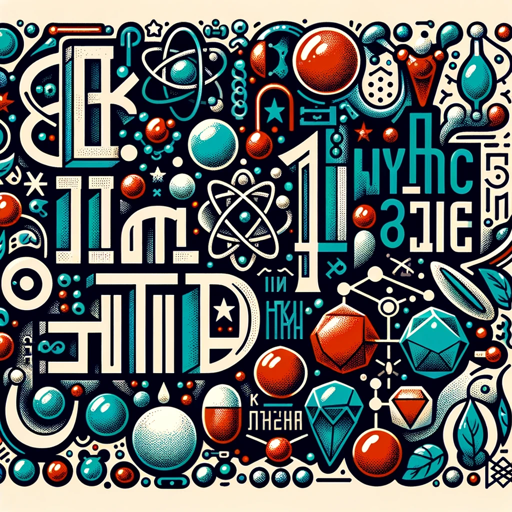
Detailed Q&A on 3D LIDAR
What is 3D LiDAR technology?
3D LiDAR technology involves the use of laser sensors to measure distances by illuminating a target with a laser and analyzing the reflected light. This data is then used to create detailed three-dimensional representations of objects and environments.
How accurate is 3D LiDAR?
The accuracy of 3D LiDAR can vary depending on the system and conditions but is generally high, often within a few centimeters. Factors affecting accuracy include the quality of the sensor, the distance to the target, and environmental conditions.
Can 3D LiDAR work in the dark?
Yes, one of the advantages of LiDAR technology is its ability to operate in complete darkness, as it relies on its own laser light source rather than ambient light, making it ideal for 24/7 operations in various conditions.
What are the main applications of 3D LiDAR?
3D LiDAR is used in numerous fields, including autonomous vehicles, urban planning, environmental management, archaeology, and construction, offering detailed environmental scanning, mapping, and analysis capabilities.
How can one optimize data collection with 3D LiDAR?
Optimizing data collection with 3D LiDAR involves selecting the appropriate sensor resolution and scan rate for your application, ensuring proper calibration, choosing the right platform for sensor deployment, and employing effective data processing and analysis software.
